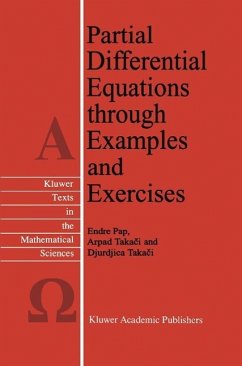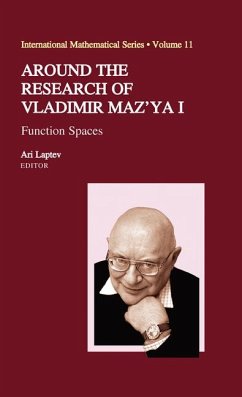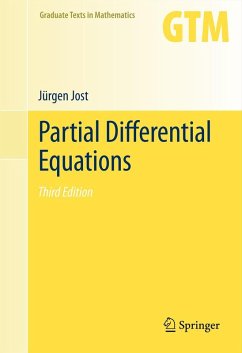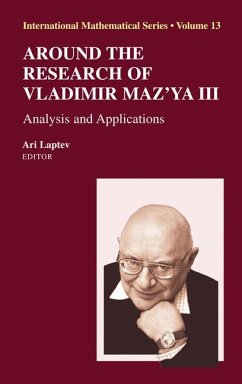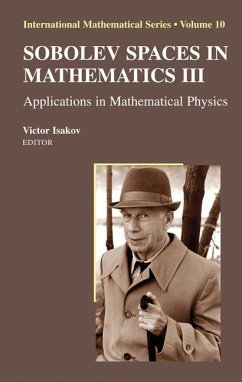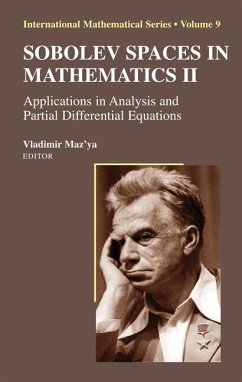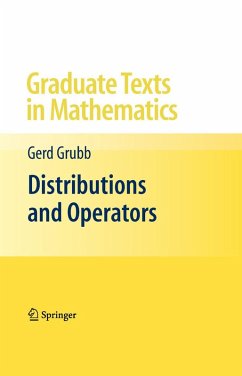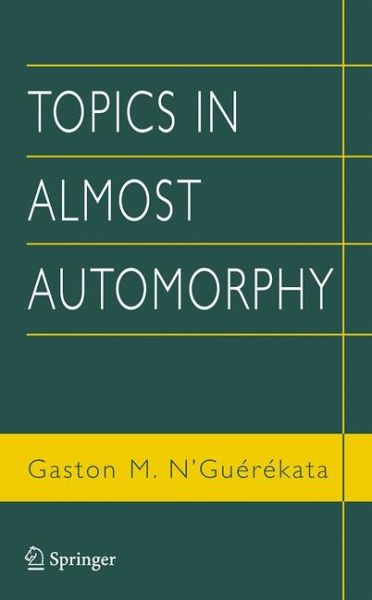
Topics in Almost Automorphy (eBook, PDF)
Versandkostenfrei!
Sofort per Download lieferbar
40,95 €
inkl. MwSt.
Weitere Ausgaben:

PAYBACK Punkte
20 °P sammeln!
This monograph presents most up-to-date developments and results in almost periodicity and almost automorphy in abstract spaces. It discusses various traditional and several new methods, including the methods of invariant subspaces and uniform spectrum, to obtain almost periodic and almost automorphic solutions to some linear and non-linear evolution equations and dynamical systems. The book also discusses fuzzy-number type spaces and their applications to differential equations. Enriched by excellent open problems that offer a starting point for further research, the text is an invaluable ref...
This monograph presents most up-to-date developments and results in almost periodicity and almost automorphy in abstract spaces. It discusses various traditional and several new methods, including the methods of invariant subspaces and uniform spectrum, to obtain almost periodic and almost automorphic solutions to some linear and non-linear evolution equations and dynamical systems. The book also discusses fuzzy-number type spaces and their applications to differential equations. Enriched by excellent open problems that offer a starting point for further research, the text is an invaluable reference for graduate students and researchers working in Analysis.
Dieser Download kann aus rechtlichen Gründen nur mit Rechnungsadresse in A, B, BG, CY, CZ, D, DK, EW, E, FIN, F, GR, HR, H, IRL, I, LT, L, LR, M, NL, PL, P, R, S, SLO, SK ausgeliefert werden.




